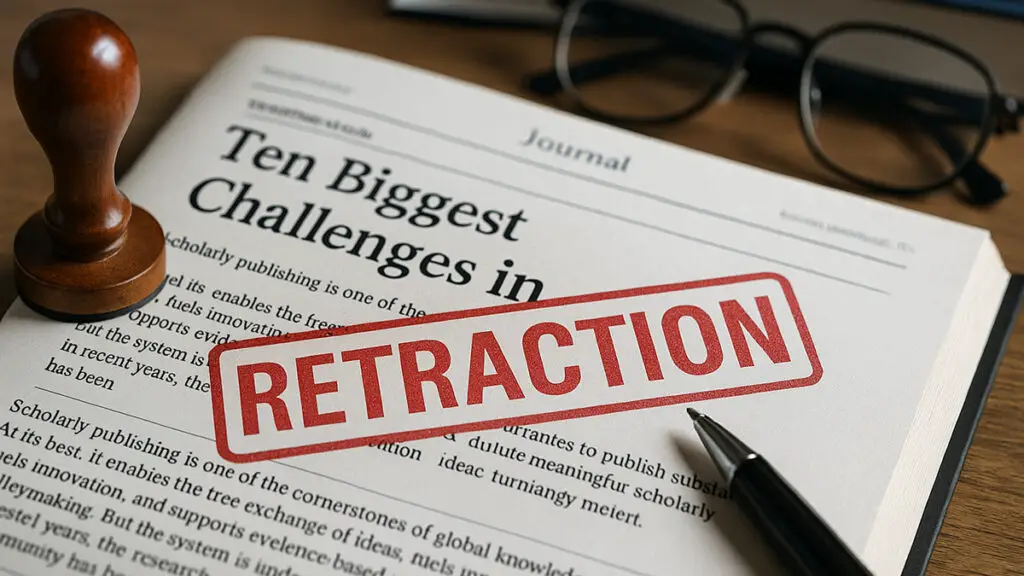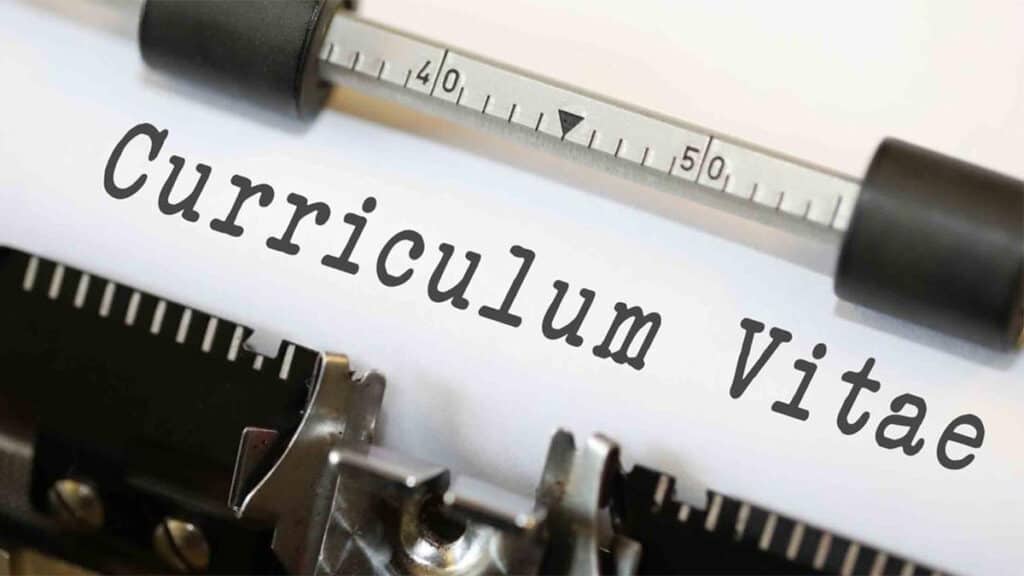Introduction
Scholarly publishing is one of the cornerstones of our global knowledge base. It enables the free exchange of ideas, fuels innovation, and supports evidence-based policymaking. Most importantly it is the peer reviewed store for all human knowledge, well at least for the last 350 years.
But the system is under pressure. In recent years, the research community is facing many challenges. If left unchecked, these issues risk undermining public trust, damaging scientific progress, and harming academic careers. There is also a significant risk that the integrity of the scientific archive could become compromised, and perhaps it already has.
This post presents ten (and there are many more) of the most urgent challenges currently facing scholarly publishing and why they demand our collective action.
We plan to post more of each of these over the coming weeks. In fact, we have already posted on paper mills, at least the first post on this this topic – we are planning more.
1. Paper Mills
Paper mills are organisations that produce fake research papers for a fee. These factories (as that is what they are) exploit weaknesses in the peer review system to flood journals with fabricated or plagiarised content. Their products often include fake authorship, manipulated data, and bogus citations. Once published, these papers contaminate the scientific archive and are difficult to detect and remove. Paper mills not only devalues legitimate research but creates a marketplace that undermines the credibility of the entire academic publishing. Paper mills are arguably the biggest challenge that we currently face.
2. Predatory journals and conferences
Predatory journals mimic the look of legitimate academic outlets but lack proper editorial standards or peer review. Their primary motive is profit. Many researchers, particularly early-career scholars or those under pressure to publish, fall prey to these operations. The situation is complicated as some authors will knowingly interact with predatory journals as it will add to their CV and who is going to check?
Similarly, predatory conferences charge high fees for participation without delivering meaningful scholarly engagement. These exploitative practices divert resources, dilute scientific discourse, and erode trust in academic publishing.
3. Authorship misconduct
Unethical authorship practices, such as gift authorship, ghostwriting, and authorships being offered for sale, are widespread. Researchers may be added to papers they had no role in writing, or omitted despite substantial contributions. It is not hard to find adverts, specifically on social media, where authorship slots sold. This distorts the academic reward system and unfairly advantages those who willingly participate in this black market. Transparent authorship criteria, are easy to bypass, difficult to check and enforcement is erratic across the sector.
4. Manipulated peer review
Peer review is the primary mechanism to ensure academic quality, yet it is increasingly vulnerable to manipulation. Some authors have exploited loopholes to suggest fake reviewers or to conduct reviews under false identities. In extreme cases, editors themselves have colluded to publish substandard work, some even receiving (or at least being offered) financial incentives to do so. Such abuses not only degrade the value of the peer-reviewed literature but also erode confidence in the entire publishing process.
5. Gaming citations and abusing impact factors
Metrics such as citation counts and journal impact factors were intended to measure impact, yet they are increasingly becoming targets, which introduces game playing and manipulation.
Citation cartels, excessive self-citation, and coercive citation requests from editors are now commonplace. These practices distort scientific impact, inflating both journals and individuals beyond what they deserve. As institutions continue to use metrics for funding and promotion decisions, the incentive to game the system grows.
6. Plagiarism and duplicate publications
Despite advances in plagiarism detection, copied or recycled content continues to find its way into the published, peer reviewed, literature. Sometimes it is unintentional, but often it reflects deliberate attempts to inflate CVs or gain credit for others’ work.
Duplicate publication, publishing the same study in multiple journals with minimal changes, also misleads readers and inflates an author’s publication count. These behaviours waste editorial resources and misrepresent scientific output.
7. Retractions
Retractions are a corrective mechanism, but they are reactive and can take years to enact. Retracted papers can continue to be cited years after their withdrawal, especially if databases fail to flag them clearly, although many authors fail to check these databases. This further contaminates the scientific archive. In many cases, authors of retracted papers face few consequences, particularly when the retraction is not due to misconduct but to reproducibility. A stronger system for marking, tracking, and educating around retractions is urgently needed.
8. Lack of transparency in open access publishing
While the Open Access movement has brought many benefits, it has also introduced new concerns. Some publishers charge exorbitant Article Processing Charges (APCs), creating barriers for those that do not have access to funds to support APCs. There is often little transparency as to what those fees support, other than broad statements around copy editing, DOI fees and hosting services.
Hybrid journals, those offering both subscription and Open Access models, have been accused of ‘double dipping’ by collecting fees from both authors and readers.
9. Editorial boards
Many editorial boards lack diversity, rotate infrequently and/or include members who are disengaged. In some cases, board members are unaware that their names are being used.
It is a constant frustration to me that there is often not an email address for editorial board members and/or a link to their home page. This would still make it difficult to validate editorial board members, but it would be a lot easier that it is at the moment.
Ensuring proper governance, regular audits, and transparent recruitment processes is essential to maintaining the integrity of editorial boards.
10. Quantity versus quality
The “publish or perish” culture has given rise to quantity over quality. Institutions, funders, and publishers must re calibrate the incentives that drive academic publishing. Rewarding thoughtful, high-quality work, regardless of the outlet or quantity, is key to restoring integrity but is it not apparent how this can be achieved.
Conclusion
These ten challenges form a web of interrelated issues that threaten the integrity of the scientific archive. While technological tools can help detect some forms of misconduct, those same tools can, and are, being used to abuse the system.
Ethical publishing requires vigilance, transparency, and a willingness to reform systems that reward quantity over integrity. The scholarly community, researchers, editors, funders, institutions and sleuths, must work together to uphold the standards that science, and society, depend on and, quite frankly, deserve.
At the present time, many agents who interact with the scientific community are risking the sustainability of this important resource to the entire human race as well as to its flora and fauna.


